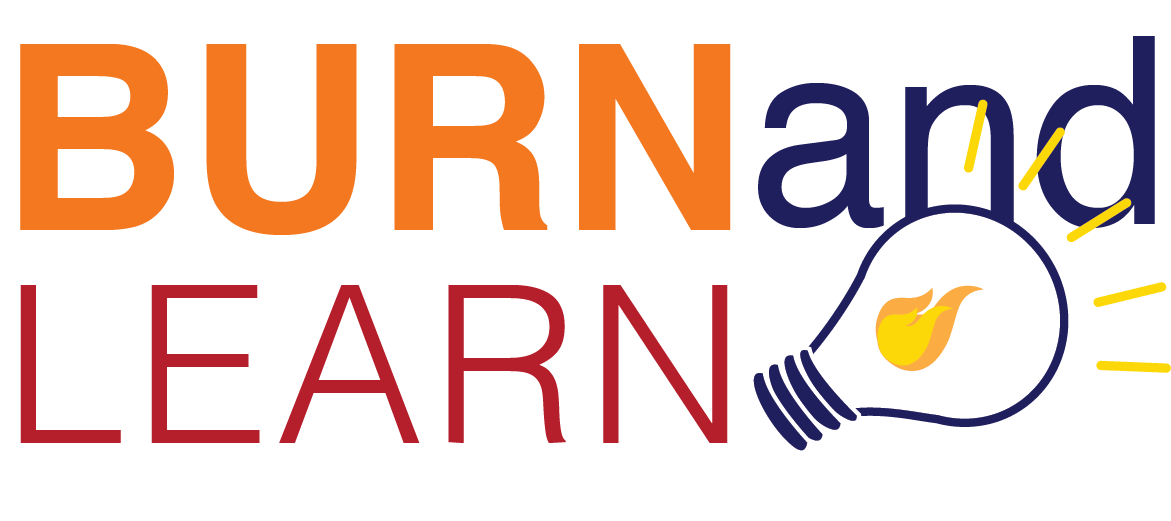BY LISA TOLBERT (Special to the Morning News)
The fitness world can be daunting for people who don’t exercise on a regular basis or who have physical limitations. Even individuals more familiar with working out can be unsure how to modify exercises for their fitness level. The good news is that even some of the most challenging exercises can be modified for both safety and effectiveness.
The squat is a body weight exercise that trains the lower body and the core. This is a good place to start before adding weight with dumbbells, kettle bells or barbells. The key to the body weight squat is to initiate the movement from the hips.
Place feet body width apart, or slightly wider, tighten the core and hinge back with the hips as if to sit in a chair. For beginners, placing a chair or bench behind you can be helpful. As strength and balance improve, try to squat deeper without allowing the knees to come out over the toes. To further modify this exercise, place a physio ball behind the lower back against a wall. Walk the feet out slightly, keeping the upper body upright. Squat down pressing into the feet and the ball, and slowly lift back up.
Planks are a challenging core exercise. Begin on the floor, belly down, propped up on elbows. Square the shoulders; don’t sag. Bend the knees, lift hips up, keeping the back in a diagonal alignment. As strength improves, go to a full plank on toes.
The lunge is great for strengthening leg muscles but this exercise can be challenging for those with balance issues or foot problems. To modify this exercise, place a paper plate or a Glider under the ball of one foot. Bend the opposite knee and glide back on the plate with a straight leg. Keep the core engaged and the upper body upright. Press solidly into the stabilizing foot as you glide back to a standing position. For additional balance, place hand lightly on the back of a chair or railing.
The traditional shoulder press can be difficult for those with shoulder problems. The first modification is to use a neutral grip position. Sitting or standing, hold two dumbbells (start with light weight to master form, 5-8 pounds each), bring arms in front of the body and bend the elbows. Turn the wrists so they face each other, body width apart, just below the chin. Press upwards, but not to full extension. An additional modification is to do a partial squat and then press up. The movement from the legs helps with the upward ‘thrust’. Add weight as you get stronger.
Regular push-ups are performed in a plank position on the toes. There are several excellent modifications for this exercise. The simplest is to stand next to a wall and place the hands in front of you, palms flat on the wall a little wider than the body. Walk the feet back slightly and drop the hips so there is vertical alignment with the body. Bend the elbows and lower upper body towards the wall, slowly push up to start. On the floor, start by lying on the stomach, bend the knees and lift the ankles and cross them. Bend elbows and place hands outside the chest, palms down. From this position, lift the body and keep the hips down. Lower body weight slowly, keeping elbows by the side. Do not let hips or shoulders sag, and keep the core tight. Push back up to start position. This modification also targets the tricep muscles.
The double leg extension is a powerful core strengthening exercise from Pilates. It targets the transverse abdominis which is the deepest layer of abdominal muscles which wrap around the entire trunk. These muscles help with balance and posture, frequently overlooked in training programs. The traditional double leg drop can be modified for those with weak lower backs. Begin lying on the back. Place a folded towel under the hips, or place the hands, palms down, under the low back. Extend both legs straight up. If hands are not under hips, place them behind the head overlapping the cradle the head. Keep the elbows wide and lift the upper body slightly off the floor. Slowly lower one straight leg towards the floor and then lift with control, and alternate legs back and forth. The key to this exercise is to keep the belly button “pulled” towards the spine to stabilize the core. The hips do not move, only the leg. To modify further, bend the knees and alternate extending the leg out diagonally from the body and back to a bent knee position.
These six exercises can be excellent additions to any workout program. Remember, having proper form and technique is absolutely critical to prevent injury and gain the most benefits from any exercise. Always consult your physician before beginning any exercise program. Stay healthy!
Read the story with the workout routine and watch the video at SCNOW.com!

